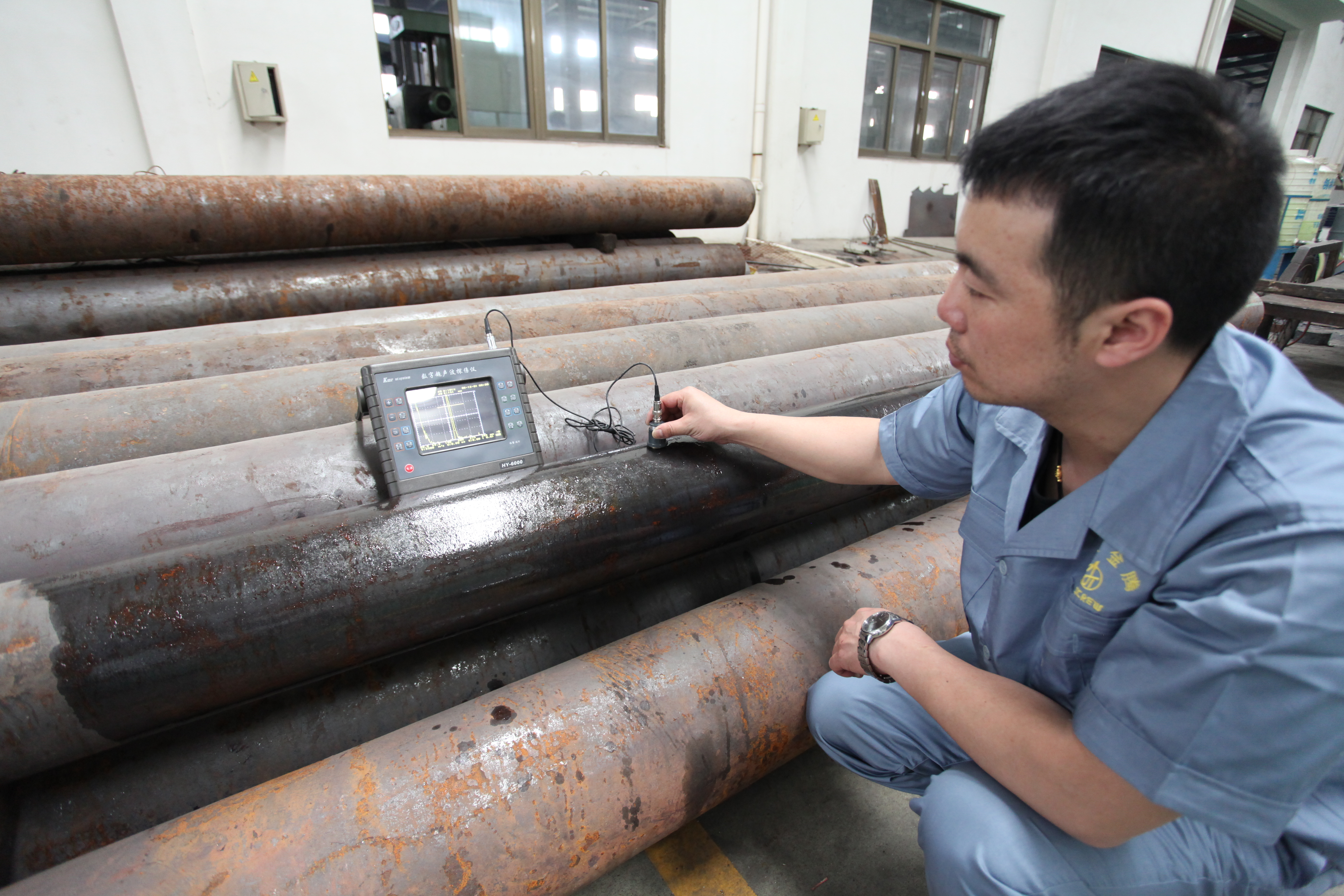As popular as they have become, one of the factors limiting the growth of all-electric injection molding machines is that, at increased shot sizes of more than 80 oz, the electromechanical drives required are too costly. In an attempt to remedy the situation, Milacron has developed a two-barrel all-electric molding machine that separates extrusion and injection into two separate operations.
Such process segregation is becoming more common among machinery manufacturers. As reported in IMM, Krauss-Maffei introduced at K’98 a machine with a compounding extruder mounted over twin injection units. And Sodick recently introduced the Tuparl series—a hydraulic machine with segregated extrusion and injection, designed for high-precision applications. Double Screw Cylinder

The Milacron system, however, appears to be the first to use this design on an all-electric machine. In a paper presented at the Molding ‘99 conference in March, M. Barr Klaus, technical director, Electron Technologies Div. of Milacron, outlines the purpose and design of the system. He starts by noting that the appeal and versatility of the traditional reciprocating screw is based on the fact that it is a dual-purpose tool. It both plasticates plastic and injects melt into the mold, thereby saving the molder equipment costs. He also notes some of its limitations: a stroke of more than four to five times the screw diameter increases recovery time and can reduce melt quality; there is a corresponding tendency to increase screw diameter for larger volumes; reliance on the check ring to hold pressure can be an undesirable variable; at increased volumes, minimum shot size is limited because precisely controlling the stroke is difficult.
To allow greater electric machine shot volumes, and to eliminate the disadvantages of the reciprocating screw, the Milacron two-barrel system uses a plasticating screw to melt resin, which is fed to an injection chamber. A separate plunger behind the injection chamber is used to push melt into the mold. This divided system frees the plunger of the task of plasticating and allows for the use of a smaller diameter barrel and longer injection stroke compared to a reciprocating- screw-based machine. It becomes possible then, Klaus says, to generate high injection rates, pressures, and volumes with smaller, more precise electromechanical drives.
The plunger tip is a screw that rotates during retraction only while the shot builds. The melt entry port, located at the rear of the plunger tip, augers each shot over the plunger tip and helps ensure that the first melt into the barrel is the first melt into the mold.
The system uses a derivation of Milacron’s own Apex single-screw extruder to melt the plastic and meter it into the injection chamber through a port in the shooting cylinder. The separate extruder, Klaus says, lets molders do some of the things that are difficult or impossible to do otherwise, including compounding glass fiber in process, changing the length and diameter of the screw, inserting additives, and venting.
The two-stage system builds and controls backpressure by closed-loop sensing of pressure in the injection barrel. This signal is used to control the retraction speed of the injection plunger relative to the speed of the melt entering the barrel. Klaus says the system allows a minimum shot size as small as 2 or 3 percent of barrel capacity. This means a 150-oz unit can be used to inject shots as small as 4 oz. Milacron is making four of these two-barrel machines: 150-oz, 2.76-inch-diameter plunger, 23,000 psi; 110-oz, 2.36-inch-diameter plunger, 23,000 psi; 110-oz, 2.36-inch-diameter plunger, 30,000 psi; 80-oz, 2.05-inch-diameter plunger, 30,000 psi.
New 18-micron MDO-PE Film Is Fully Recyclable, Uses 25% Less Material
The Skinny on the Skin Packaging Market
Private Equity Firm Set to Acquire Surmodics for $627M

Barrel With Twin Screw Copyright © 2024 All rights reserved. Informa Markets, a trading division of Informa PLC.